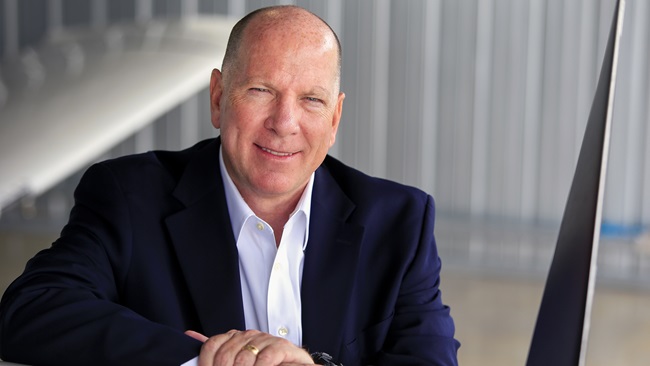AOPA Action: Proposal would help workforce challenges
AOPA joins 130 aviation organizations in legislation support
The proposed National Center for the Advancement of Aviation (NCAA) Act of 2020, H.R.8532, would create an independent center to facilitate collaboration among commercial, general, and military aviation sectors to address the mounting workforce challenges facing the industry.
The NCAA would help to develop and deploy a workforce of pilots, aerospace engineers, unmanned aircraft systems operators, aviation maintenance technicians, and others. It would provide resources to curriculum developers working to integrate science, technology, engineering, and math, leveraging knowledge and expertise among industry sectors. The center also would serve as a central repository for economic and safety data research. In addition, the NCAA would enable greater opportunities for apprenticeships, and help military veterans and others transition to well-paying technical jobs in the aviation industry.
H.R.8532 was introduced in the House by Reps. André Carson (D-Ind.), Don Young (R-Alaska), and House Aviation Subcommittee Chairman Rick Larsen (D-Wash.). Carson and Young also serve on the aviation subcommittee.
An identical, bipartisan bill was introduced in the Senate earlier this year by Sens. Jim Inhofe (R-Okla.) and Tammy Duckworth (D-Ill.), both pilots. The bill is co-sponsored by Sens. Marco Rubio (R-Fla.), Ron Wyden (D-Ore.), and Cindy Hyde-Smith (R-Miss.).
Even as the airlines continue to struggle in the face of the COVID-19 pandemic, the commercial aviation industry still faces a long-term shortage of qualified professionals, encompassing pilots, technicians, and maintenance professionals.
More than 130 organizations representing all segments of aviation support the legislation.
Baker talks to ‘Forbes’
GA success in a year of uncertainty
In a recent and wide-ranging conversation with Forbes Publisher and Columnist Rich Karlgaard, AOPA President Mark Baker explained why people should not be surprised by the success of general aviation in this year of uncertainty. Baker has found no shortage of platforms to tell the general aviation story this year, as the industry continues to play a critical role in filling many of the nation’s transportation needs, including those to help fight the coronavirus pandemic.
In the interview with Karlgaard, who also is a pilot, Baker addressed GA’s critical role, AOPA’s continued efforts to protect the freedom to fly, and the need for a more diverse industry.
GA’s overall health: “General aviation is in a mini-boom right now. We’ve seen flights as measured by some of the top 77 airports up 10, 15 percent. Anecdotally, we hear of fuel sales at certain FBOs up over 60 percent. General aviation is seeing lots of use for lots of reasons. And, try finding a used aircraft for sale!”
AOPA’s role in championing BasicMed: “BasicMed is a true example of when our association leads and pulls together the community, and speaks to the representatives in the House and Senate, and said, we need a law changed, because for 40 years, we have been requesting to get something done with the FAA, which is an alternative means to comply with the medicals. The medicals went into place in the 1930s and ’40s and were really driven around commercial and military flight. The same standards don’t apply when you’re flying yourself or your family. We put through a law and it’s now three years; over 58,000 people are flying under BasicMed. It’s been really exciting to see. That shows the essence and power of our community.”
The value of local airports: “Of the 5,000 airports in the country, the airlines serve less than 400 of them. We spend a lot of time with the locals at the state level, and we have seven regional managers at AOPA, for allocating whatever the state funds could be to get matched by the FAA funds, to make sure these airports are getting their runways coated and painted, instrument approaches upgraded—all those kinds of things that keep that infrastructure alive, which is unique. There’s not another place in the world that has this kind of access.”
The need for greater diversity and inclusion in aviation: “The first and most important piece was to create a high school curriculum for aviation in the ninth, tenth, eleventh, and now being tested this year will be the twelfth grade. We started out very small—30 high schools originally and then grew it over the last four years so that when we get to this fall, we’ll be in about 400 classrooms; about 8,000 to 10,000 kids will be enrolled. One of the other things we do look at is the demographic. Only 6 percent of the active pilots in this country are female. Well, about 23 percent of the people taking this class are young females. Underrepresented groups [make up] about 5 to 6 percent of the population as well. It turns out about 35 percent of these people taking this are underrepresented groups. It’s reaching inner city, suburban, and rural kids in this program.”
More highlights of the conversation may be found online.


